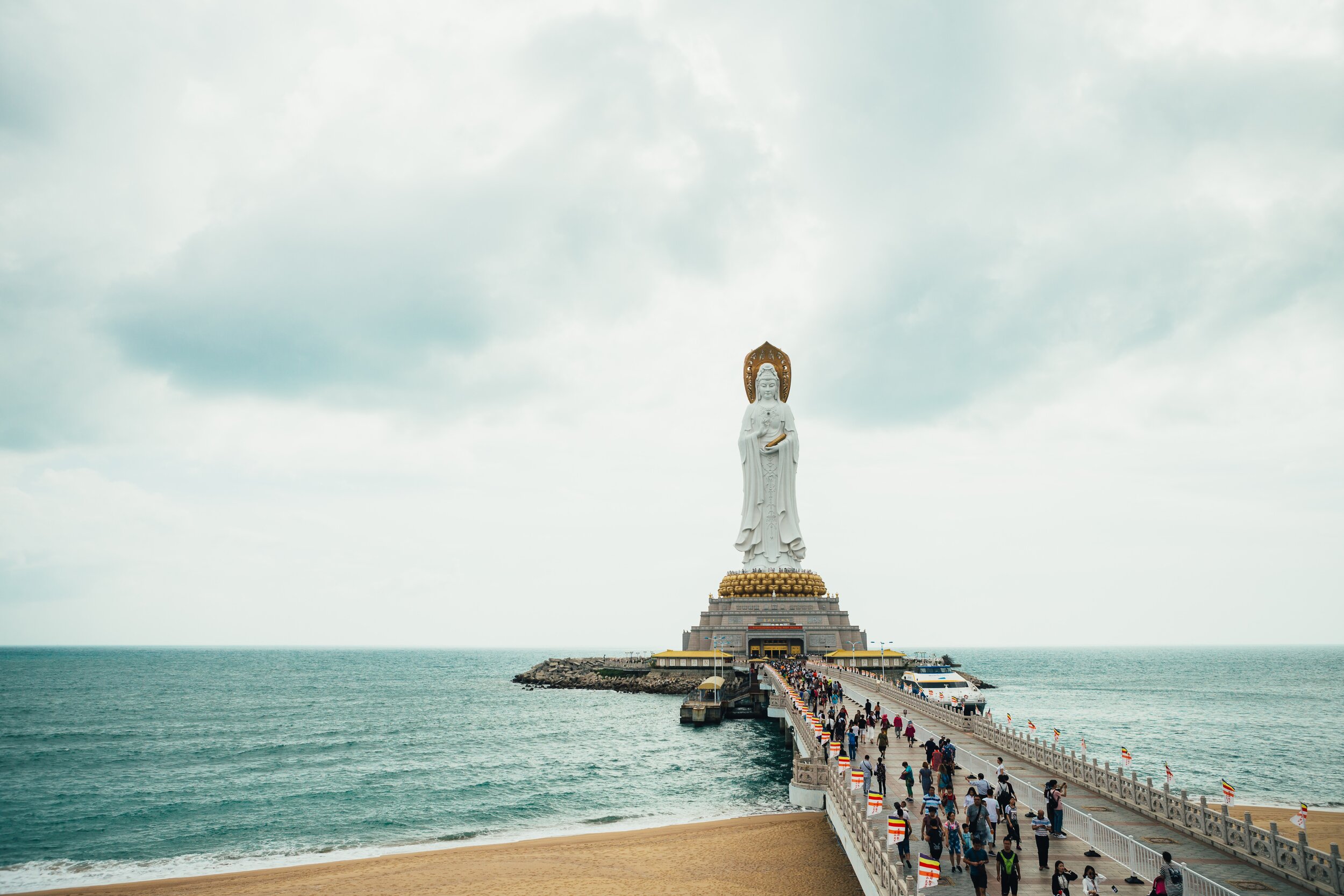How the tale of Zeus' dad is a warning to all parents
Before the gods of the Graeco-Roman world assumed power, the Titans ran things. The king of the Titans was Father Time, Saturn to the Romans, or Chronos to the Greeks. To say that Saturn was a terrible father is an understatement on par with saying crystal meth has some minor health defects. He’d heard this prophesy that one of his children would overthrow him, so he proposed to solve this problem by devouring whatever came out of his wife’s womb.
On a symbolic level, Saturn ate the gods because time devours all things. And the truth is that he prophesy holds true for all of us. Eventually, we will all be replaced by our children as we grow weaker with age while they grow stronger. Even Saturn can’t escape the ravages of his own dominion—time.
Like all overbearing parents, Saturn chose to avert the prophecy by consuming his kids’ life force and future in the process. Look up the Freudian archetype of the devouring mother, it’s a terrifying thing. You’ve almost certainly gone to school with one of her kids or met one of these people in your life. Parents who effectively disable their kids through the myriad ways of coddling, controlling, or otherwise crushing their spirit. Just as the devouring mother often succeeds in producing the kind of grown-up children who are totally dependent on them, only to wonder why her kids are such sissies and wimps, the domineering father rarely gets what he wants either. Instead, his kids take up his violent habits. Sometimes they use it on him, sometimes they perpetuate it amongst the next generation.
Saturn gets both. Because not even time can stop the inevitable, and Zeus eventually overthrows his dad and castrates him, rendering him literally impotent. Then he’s locked up in either the fiery hell of Tartarus or the cold, dank cave of Nyx, both of which are terrible retirement homes. Zeus and the gods then proceed to toy with their offspring and ruin many a mortal life.
Bottom line? Don’t be a dick to your kids. Feed their passions and talents, don’t devour them. Give them lots of hugs and don’t bite their heads off when they do things you can’t control. Accept that nobody, not even time itself, will matter forever. And maybe, just maybe, your kids won’t totally emasculate and banish you to some damp dark hole in Florida.
















